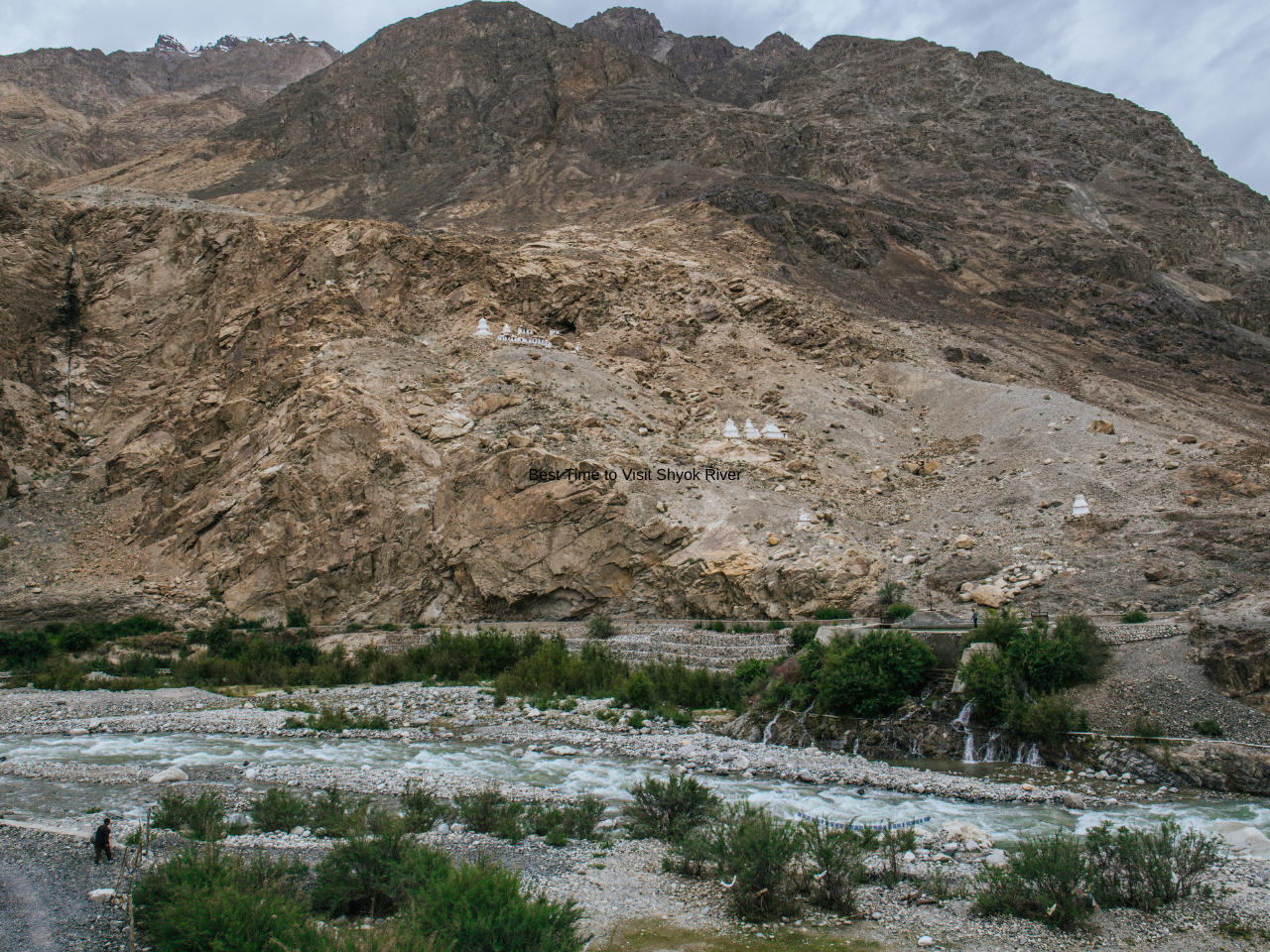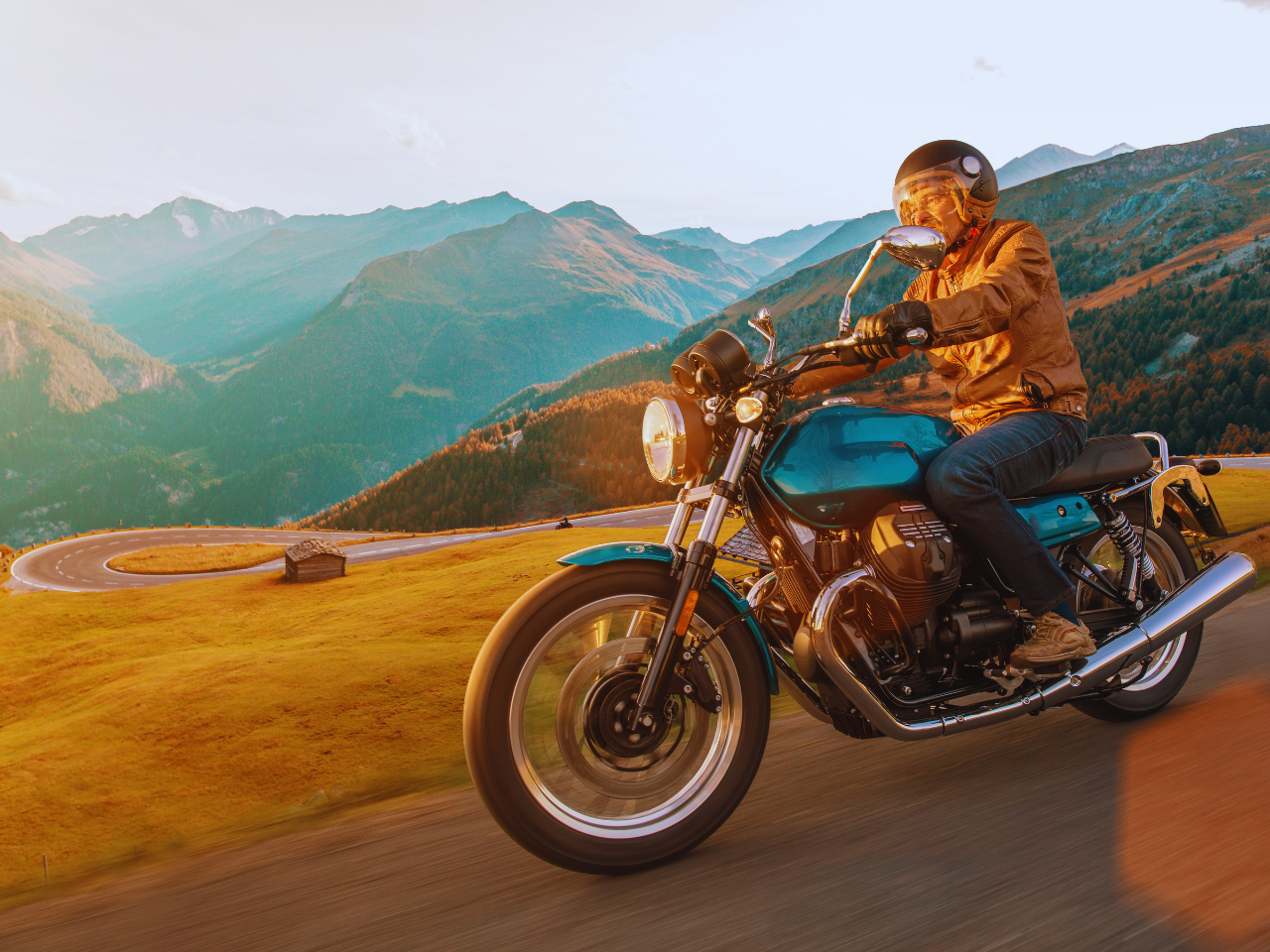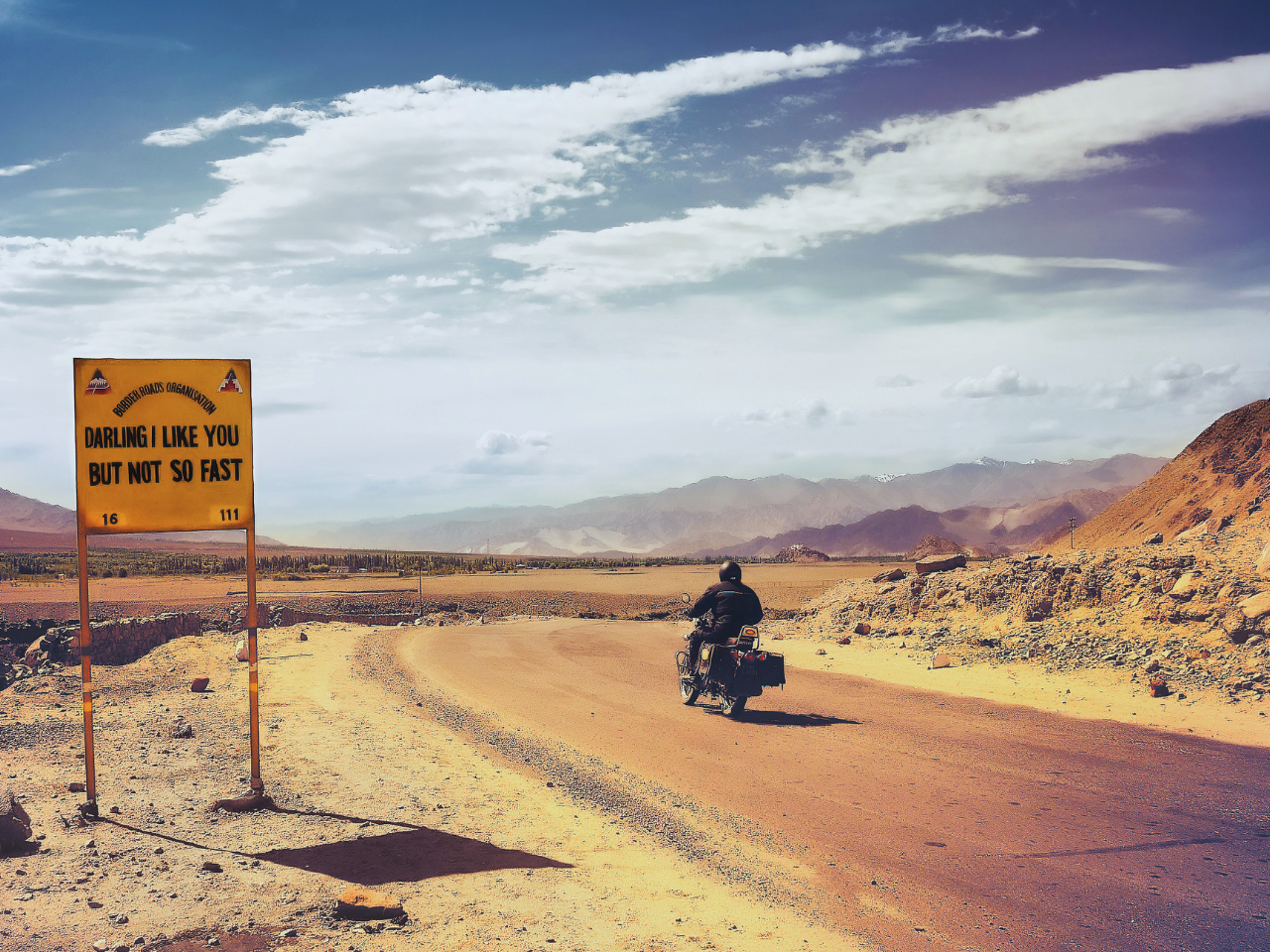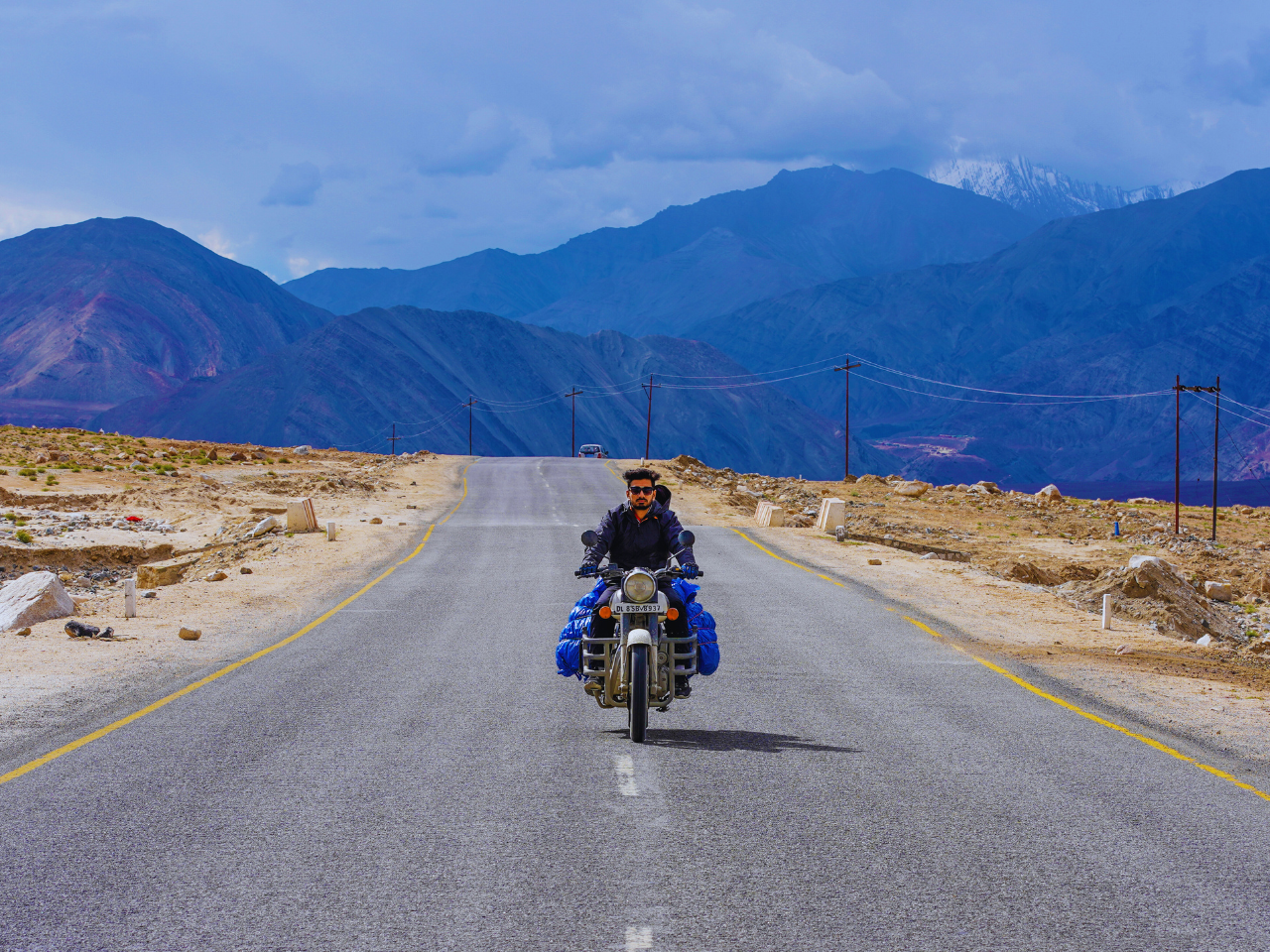Best Time to Visit Shyok River
Best Time To Visit Shyok River
The Shyok River, a ribbon of turquoise carving its path through the high-altitude deserts and mountain ranges of Ladakh, offers a unique and unforgettable experience for travelers. Winding its way from the glaciers of the Karakoram to its confluence with the Indus River, the Shyok River plays a vital role in the region’s ecosystem and cultural heritage. This guide explores the distinct character of the Shyok River across the seasons, empowering you to choose the time that perfectly complements your desired Ladakhi adventure.
Spring (April to June): A Time of Awakening
Spring awakens the Shyok Valley, transforming the barren landscape into a scene of vibrant greens and browns. The weather remains cool, with average temperatures ranging from -1°C (30°F) to 15°C (59°F). Melting glaciers swell the Shyok River, creating a dramatic spectacle. This shoulder season offers a glimpse of the Shyok’s beauty before the peak tourist influx.
Highlights:
- Pleasant Exploration: Enjoy comfortable temperatures for exploring villages along the Shyok River, like Turtuk and Hundur, and witnessing the traditional spring harvest festivals.
- Witnessing the Transformation: Capture stunning photographs of the valley adorned with the first blooms of spring, contrasting beautifully with the snow-capped peaks in the distance.
- Rafting Season Begins (Limited Availability): As water levels rise, experienced rafters might find opportunities for thrilling adventures on the Shyok River (subject to water levels and permits).
Ideal for: Travelers seeking comfortable weather for exploring, photographers looking to capture the awakening beauty of the valley, and those interested in experiencing Ladakhi cultural traditions.
Things to Consider:
- Limited Amenities: Some high-altitude passes like Khardung La might still be closed due to snow. Be prepared for slightly limited amenities compared to the peak season.
- Temperatures: Pack layers of clothing as the weather can be unpredictable, with chilly mornings and evenings.
Summer (July to September): The Peak Tourist Season
Summer brings the warmest weather to the Shyok Valley, with average temperatures ranging from 10°C (50°F) to 25°C (77°F). Crystal-clear skies offer stunning reflections of the surrounding mountains on the turquoise waters of the Shyok River. Lush green meadows carpet the valley floor. This is the peak tourist season, so expect larger crowds.
Highlights:
- Ideal Adventure Conditions: Enjoy comfortable temperatures for trekking adventures in the Nubra Valley, exploring the Shyok Valley’s unique villages, and participating in white water rafting on the Shyok River (depending on water levels).
- Camel Safari in Hundur: Embark on a unique adventure through the sand dunes of Hundur on the back of a Bactrian camel, a sight synonymous with the Nubra Valley.
- Festivals and Cultural Delights: Immerse yourself in the vibrant local culture by witnessing vibrant festivals like the Dosmoche festival, known for its colorful masked dances and traditional music.
Ideal for: Adventure enthusiasts seeking ideal trekking and rafting conditions, travelers interested in experiencing the cultural tapestry of the Shyok Valley, and those who don’t mind larger crowds.
Things to Consider:
- Peak Season Crowds: The Shyok Valley can get crowded during this time, especially at popular tourist spots like Hundur. Book your accommodation and activities well in advance.
- Potential for Afternoon Showers: Occasional afternoon showers might occur, so pack a light raincoat.
Autumn (October and November): A Farewell to Summer’s Splendor
Autumn paints the Shyok Valley in hues of golden yellow and orange. The weather becomes progressively cooler, with average temperatures ranging from 5°C (41°F) to 15°C (59°F). The skies remain clear, offering breathtaking views of the changing landscapes. This shoulder season offers a chance to experience the Shyok Valley’s beauty with fewer crowds.
Highlights:
- Comfortable Trekking: Enjoy comfortable trekking conditions with fewer crowds on trails leading to scenic viewpoints overlooking the Shyok River.
- Witnessing the Transformation: Capture stunning photographs of the valley adorned with autumnal colors, contrasting beautifully with the snow-capped peaks.
- Fewer Crowds: Experience a more peaceful and serene atmosphere in the Shyok Valley compared to the peak season.
Ideal for: Travelers seeking comfortable weather for trekking, photographers looking to capture the dramatic autumn landscapes, and those who prefer a less crowded experience.
Things to Consider:
- Colder Temperatures: Pack warm clothes as the nights can get quite chilly, especially towards the end of autumn.
- Potential Road Closures: Khardung La might start to experience occasional closures due to snowfall towards
Winter (December to March): A Frozen Wonderland (For the Committed Few)
Winter transforms the Shyok Valley into a stark yet beautiful frozen wonderland. The temperatures plummet to averages ranging from -15°C (5°F) to -30°C (-22°F). The Shyok River slows to a trickle, partially frozen along its edges. The biting cold and limited daylight hours make this season ideal only for the most experienced and well-prepared travelers. However, for those who dare, the Shyok Valley offers a unique and unforgettable winter experience.
Highlights:
- Unique Winter Landscape: Witness the dramatic transformation of the Shyok Valley, with frozen waterfalls, snow-covered landscapes, and a mystical atmosphere.
- Stargazing Paradise: The clear, crisp winter skies offer breathtaking views of the Milky Way and countless constellations due to minimal light pollution.
- Limited Winter Activities (Weather Permitting): If weather permits, you might encounter opportunities for unique winter activities like ice skating on designated stretches of the frozen river (exercise extreme caution).
Ideal for: Highly experienced winter adventurers with proper cold-weather gear and a strong support team. Due to the extreme conditions, visiting the Shyok Valley in winter is not recommended for casual travelers.
Things to Consider:
- Extreme Weather: Be prepared for harsh weather conditions with proper clothing and high-altitude winter camping gear. Ensure you have the necessary experience, skills, and a professional guide for safe winter travel in the Himalayas.
- Limited Amenities: Most tourist facilities, shops, and restaurants close during winter. Be prepared for a more basic and self-sufficient experience. Stock up on essential supplies before reaching the Shyok Valley.
- Transportation Challenges: Road closures due to heavy snowfall are frequent, especially on Khardung La. Be flexible with your itinerary and transportation options. Consider contacting local tour operators who specialize in winter travel in the Nubra Valley.
Beyond the Seasons: Planning Your Perfect Shyok River Adventure
While the seasons offer distinct experiences, the Shyok River’s charm transcends the weather. Here are some additional factors to consider when planning your trip:
- Inner Line Permit (ILP): An Inner Line Permit (ILP) is mandatory to enter Ladakh and explore the Shyok Valley.
- Responsible Tourism: The Shyok Valley is a fragile high-altitude ecosystem. Practice responsible tourism by minimizing plastic use, respecting local customs, and disposing of waste properly.
- Respecting Local Cultures: Immerse yourself in the unique cultures of the Nubra Valley by visiting villages like Turtuk, known for its Buddhist and Islamic traditions, and interacting with the welcoming locals.
The Shyok River: A Journey Through Beauty and Culture
The Shyok River, with its dramatic landscapes, rich cultural heritage, and unique wildlife, offers an unforgettable experience for all types of travelers. Regardless of the season, you’re guaranteed breathtaking vistas, a chance to explore a hidden corner of the Himalayas, and create lasting memories. So, pack your bags, choose the time that best suits your adventure spirit, and get ready to discover the majesty of the Shyok River.
APR-JUN
-1°C (30°F) to 15°C (59°F)
JUL-SEP
10°C (50°F) to 25°C (77°F)
OCT-NOV
5°C (41°F) to 15°C (59°F)
More Best Time to Visit
Best Seller Package Ladakh
Top Attractions Ladakh
Explore More About Ladakh
By Air
The Kushok Bakula Rimpochee Airport (IXL) in Leh is the main airport serving Ladakh. Direct flights are available from major Indian cities, including Delhi and Mumbai.
By Road
Ladakh is accessible by road from Srinagar and Manali. The Leh-Manali Highway and Srinagar-Leh Highway provide scenic routes, showcasing the rugged beauty of the Himalayas. Travelers can opt for buses, taxis, or private vehicles for the journey.
By Train
The nearest railway station to Ladakh is Jammu Tawi Railway Station (JAT). From Jammu, one can travel by road to reach Ladakh, enjoying picturesque landscapes along the way.
April to June
This is the ideal time for sightseeing and exploration
July to September
Summer transforms Ladakh into a land bathed in warm sunshine and cool nights.
There are three ways to reach Ladakh:
- The best way to travel to Ladakh is by flight. Leh Airport is well-connected with major cities like Delhi, Jammu, Chandigarh, Srinagar, and many other places through direct and connecting flights.
- If you are traveling by road then there are two different routes lead to Ladakh – one from Srinagar and another from Manali. If you are traveling from Manali then you will cover the distance of 474 kilometers to Leh via Keylong with a night stopover. On the other hand, Srinagar to Leh will take you through Sonamarg, Drass, Kargil, Mulbekh, and Lamayuru. You will cover 434 km on this journey. All the roads remain open from May to October.
Distance Between Delhi to Ladakh 1023 kms.
The Kushok Bakula Rimpochee Airport in Leh.
Leh has four ATMs owned by Axis Bank, Jammu and Kashmir Bank, Punjab National Bank and State Bank of India.
Yes, the credit card is accepted in a few hotels and restaurants but a service tax is charged.
The Best time to visit Ladakh is during the summer season from the month of April to July during this time Ladakh temperature is between 15 to 30 Degree Celsius.
Leh is known for its stunning scenic locales, Buddhist temples and pristine environment.
Leh is the district headquarters of Ladakh and its main town. It is a quaint town and has a very cosmopolitan vibe to it. The markets are quite colourful and full of life.
Is Ladakh safe to visit?Ladakh, in general, is considered relatively safe for travelers, including women.
- Ladakh is home to the world’s highest motorable road, the Khardung La Pass, at over 17,500 feet.
- Known as the “Land of High Passes,” Ladakh boasts some of the highest mountain passes in the world.
- The region has one of the rarest double-humped Bactrian camels, found in the Nubra Valley.
- Ladakh experiences extreme weather with temperatures ranging from 30°C in summer to -30°C in winter.
- Pangong Lake in Ladakh changes colors from blue to green to red throughout the day.
- The Hemis Monastery in Ladakh hosts the vibrant Hemis Festival, celebrating the birth of Guru Padmasambhava.
- Ladakh is a haven for adventure enthusiasts, offering trekking, river rafting, and mountain biking.
- The Zanskar Valley in Ladakh is famous for its frozen river trek, also known as the Chadar Trek.
- Ladakh is one of the least densely populated regions in India, known for its remote and tranquil landscapes.
- The region is a part of the cold desert in India, with unique flora and fauna adapted to its harsh climate.






